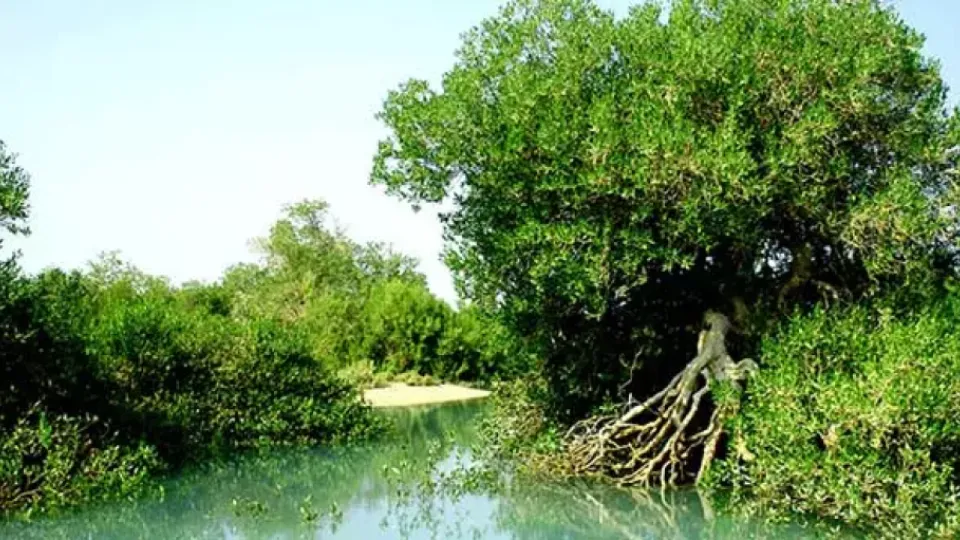
Wetland tourism in the Soheili mangrove forest, an opportunity for conservation and sustainable development
Wetland tourism is a form of ecotourism that is based on visiting wetland areas with a focus on environmental protection, education, and sustainable development. As ecosystems rich in biodiversity, wetlands are not only the habitat of migratory birds and aquatic animals, but also have great potential to attract nature-loving tourists due to their unique landscapes.
Tourism activist Azadeh Abedinzadeh wrote in a note: Wetland tourism, unlike mass tourism, is implemented with small and planned groups to cause minimal damage to the environment and have the greatest benefit for local communities. The mangrove forest of Soheili village is part of the Khur-e-khuran wetland, one of the most beautiful and valuable wetlands in Iran, which is protected as a UNESCO Biosphere Reserve. This forest, with its unique mangrove ecosystem, is home to dozens of species of migratory and native birds, aquatic animals, and marine creatures. The special feature of this area is the salt water and the constant tides, which allow boating among the intricate roots of the mangrove trees.
The fauna of the mangrove forest includes birds such as flamingos, herons, pelicans, egrets, stilts and migratory Siberian birds. Aquatic animals such as wetland fish, palm crayfish and native shrimp also live in this area. The vegetation of the area is made up of mangrove trees with the ability to purify seawater.
Taking advantage of its unique location adjacent to the mangrove forest, the village of Soheili can become a wetland tourism hub in southern Iran. But the key point is the implementation of responsible tourism at the Soheili tourist pier, where visits are carried out in groups of 6 to 10 people and with local guides. This method has several advantages, including reducing pressure on the environment by preventing noise pollution and destruction of bird habitats, and controlling the number of visitors to maintain ecological balance.
Wetland tourism has been able to generate income for the local community through employment as local guides, boatmen and handicraft vendors, as well as the prosperity of local eco-lodges and seafood restaurants. This type of tourism also helps to indirectly educate, raise awareness and sensitize tourists by familiarizing them with the importance of mangrove forests in water purification and biodiversity conservation, and promoting a culture of beach cleaning and waste reduction.
With proper planning, wetland tourism can see increasing positive developments in the village of Soheili. Including the quantitative and qualitative development of tourism facilities that provide visitors with welfare and accommodation services.
The village council, in partnership with the Qeshm Free Zone Tourism Department, has decided to build birdwatching sanctuaries with minimal intervention in nature and set up nature interpretation centers to learn about the mangrove ecosystem, thereby attracting specific nature tourists and researchers, through birdwatching and wildlife photography tours, as well as creating opportunities for collaboration with universities for environmental research.
Wetland tourism can contribute significantly to strengthening the cultural and natural identity of Soheili village through its global registration as a destination for sustainable tourism and the introduction of local foods and handicrafts related to the sea. However, there are also challenges that need to be managed.
With proper management, the Soheili mangrove forest can be a model for integrating environmental protection and economic development. Wetland tourism not only contributes to the sustainable growth of the village, but also helps preserve this natural treasure for future generations. With careful planning and local participation, Soheili can become an international destination for nature lovers.
